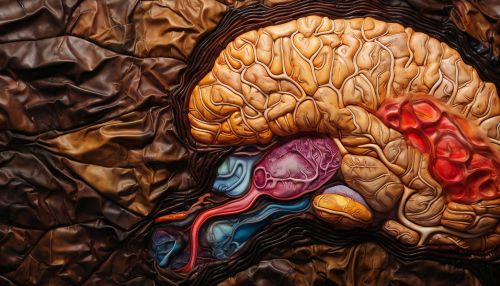Neocortex
Overview
The Neocortex is a part of the brain's cerebral cortex. It is the outermost layer of the cerebral hemisphere, which is made up of six layers, labelled I to VI (with VI being the innermost and I being the outermost). The neocortex is involved in higher functions such as sensory perception, generation of motor commands, spatial reasoning, conscious thought, and in humans, language.


Anatomy
The neocortex is the largest part of the cerebral cortex, which also includes the archicortex and paleocortex, which are involved in olfactory and limbic functions. The neocortex is made up of grey matter, and is two to four millimeters thick. Its surface area in the human brain is about 2200 cm² on the left hemisphere, and 2300 cm² on the right hemisphere.
Cellular Components
The neocortex contains two primary types of cells: pyramidal cells, which are excitatory, and interneurons, which are inhibitory. Pyramidal cells make up about 80% of the neurons in the neocortex.
Function
The neocortex plays a key role in memory, attention, perceptual awareness, thought, language, and consciousness. It is divided into areas that each have specific functions. For example, the visual cortex processes visual information, the auditory cortex processes auditory information, and the somatosensory cortex processes sensory information from the body.
Evolution
The neocortex is a feature of mammals, and its relative size and complexity vary widely. Some researchers believe that the development of the neocortex played a major role in the evolution of mammalian intelligence.
